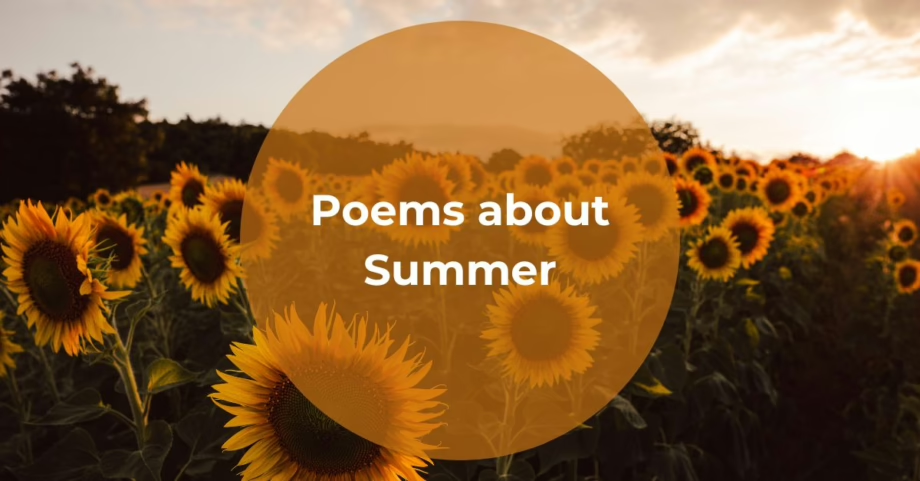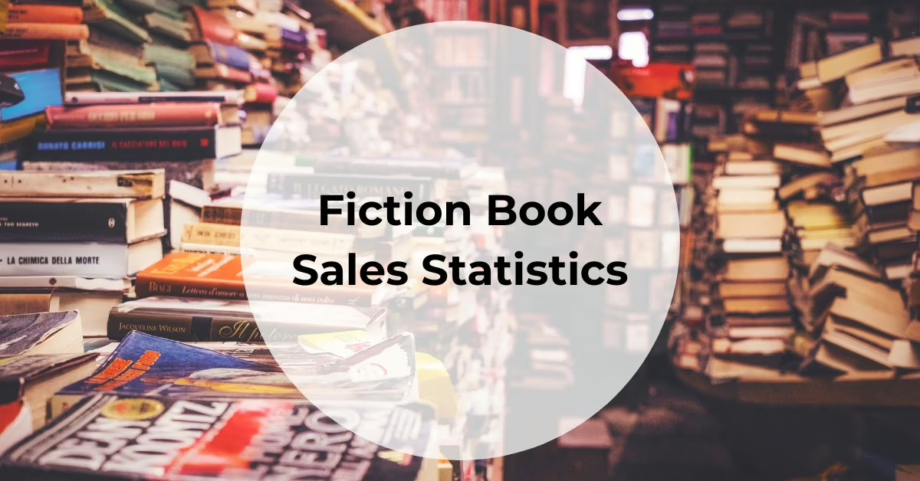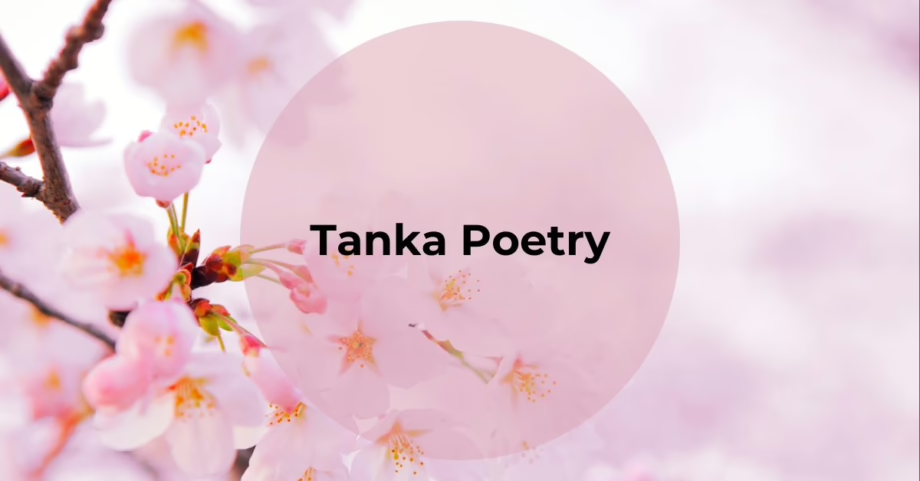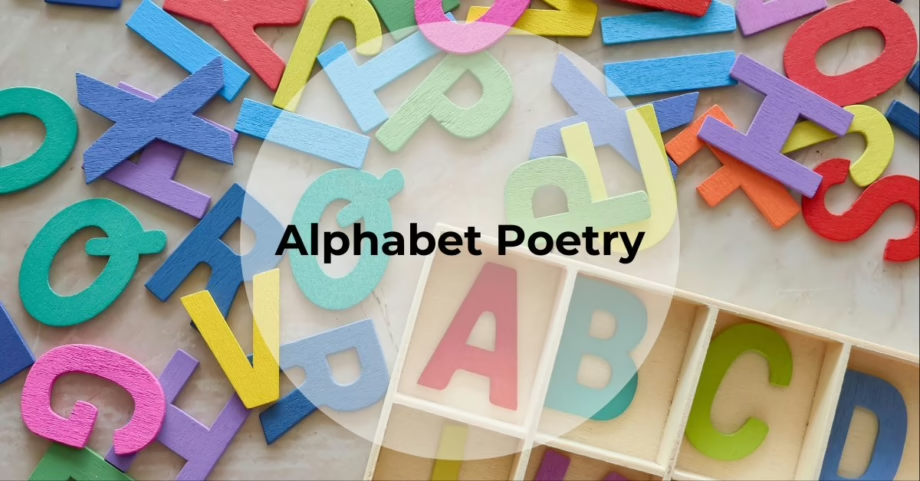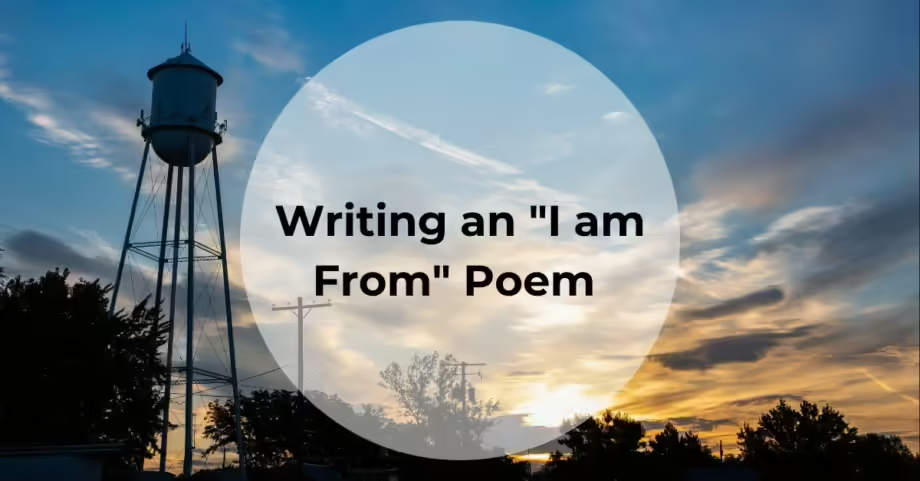Writing is hard. In a market where publishers and editors are critical of every story or poem, understanding the seven key elements of a narrative is more important than ever before. Regardless of your chosen genre of expertise, mastering these narrative elements will help to make you a more successful writer.
What Are Narrative Elements?
Narrative elements are the essential components that make up a story. These elements are the building blocks of a narrative, helping to create a structured and engaging story.
Narrative Elements
Plot
Did you just take a big sigh? The thought of crafting an engaging and unpredictable plot is daunting. An understanding of plot and the impact it has on your story is an essential part of crafting a compelling narrative.
While “plot” is one of the essential elements of a narrative, understanding how that plot unfolds can transform a good story into a truly memorable one. Most narratives follow a sequence often described as:
- Exposition: This is your story’s foundation: you introduce the characters, setting, and basic background. The exposition establishes the status quo and hints at what might be at stake.
- Rising Action: A spark ignites the central conflict. During the rising action stage of the plot, tensions build, stakes heighten, and complications arise. Every event in this section pushes the main character(s) closer to the point of no return.
- Climax: The climax of a story is the turning point and highest moment of tension. The protagonist faces the conflict head-on, making a crucial decision or taking an action that shapes the outcome.
- Falling Action: After the climax, the dust begins to settle. The immediate consequences of the protagonist’s choices play out, and loose ends start to tie up or unravel in unexpected ways.
- Resolution: Also known as the denouement, this is where the narrative finds its resting point. Conflicts are resolved (or left intentionally unresolved), and the characters emerge changed—whether for better or worse.
By mapping out these stages, you give your story a clear and compelling trajectory. Think of each step as a building block that ramps up tension and intrigue, ensuring your reader remains engaged from the first page to the last.
Many writers use the plot to map out their stories before beginning the full writing process. For fiction or non-fiction writing, this can work wonderfully as an novel outline. On a smaller scale, poets can use the concept of plot to plan the flow of their poems.
Setting
When you’re reading and feel like you’ve been transported to another universe – that’s setting. This element of the narrative is incredibly important. Setting establishes the time, place, and environment in which the main characters or narrator operates.
Crafting a high-quality setting is the difference between a believable story and one that falls flat. Think about all of the best fantasy novels – would they been the same if the setting hadn’t been properly established? Absolutely not.
Mood & Tone
It’s easy to conflate mood and tone, but they perform distinct roles in shaping a reader’s experience:
- Tone: This is the author’s attitude toward the subject matter. Is it playful, serious, cynical, or hopeful? Tone comes through in the choice of words, sentence structure, and overall style.
- Mood: This is the emotional undercurrent the reader experiences. It’s how you, as the writer, want your audience to feel at different points in the story—perhaps anxious during a suspenseful chase, or wistful in a bittersweet flashback.
Think of tone as the writer’s voice directly, while mood is how that voice resonates in the reader’s mind. Striking the right balance between tone and mood can amplify the emotional impact of your story, ensuring readers connect deeply with each scene.
Characters
Who are your characters? How do they behave and interact with the narrative as a whole? How are the protagonists and antagonists the same? How are they different?
Characters create your story. Characters are the reason your readers fall in love. Characters keep you up at night.
Invest time researching your character’s identities, behaviors, circumstances, and motivations. All of this will help you to create a world that readers (and you) are invested in whole-heartedly.
Dive head-first into our character development tips here, or explore writing anti-heroes if you’re ready to get spicy!
Point of View
Who is telling your story and why? Establishing a point of view in your story or poem is essential. This allows readers to understand the motivations behind why the story is being told.
While it can be challenging to craft a consistent point of view, mastering the narrative will provide your work with the guiding voice reader’s crave.
Learn More:
Narrative Voice
Sometimes grouped with point of view, narrative voice deserves its own spotlight. It encompasses both who is telling the story and how they’re telling it:
- First-Person Narrator: The story is told through the protagonist’s or a character’s eyes, using pronouns like “I” or “we.” The voice can be intimate or unreliable, depending on the character’s perspective and biases.
- Third-Person Limited: Focuses on one character’s thoughts and feelings, but uses “he,” “she,” or “they.” While more flexible than first-person, it still keeps the reader’s awareness locked to one character’s internal world.
- Third-Person Omniscient: The narrative sees all and knows all, revealing multiple characters’ thoughts and feelings. This broad scope can provide a sweeping, god-like viewpoint of the story’s universe.
- Stylistic Choices: Are you aiming for a lush, lyrical style or sharp, staccato sentences? Does your narrator inject humor or maintain a detached, clinical tone? These choices define the voice—and thereby the personality—of your narrative.
A story’s voice is often its signature. It can color the entire reading experience and shape how readers perceive everything from your protagonist’s motivations to the world they inhabit. By honing narrative voice, you ensure your story not only speaks—it sings with a unique and memorable clarity.
Theme
The theme of a work should be clear. While this seems like a fundamental literary element, the theme helps to focus a narrative. Additionally, having a focused and clear theme will help you and publishers to market your book to the right audience.
What lessons are your characters going to learn? At the end of the story or poem, what is the main takeaway? This is your theme.
Symbolism
When studying literature, there is a lot of talk surrounding symbolism. While this may seem like an over-rated literary element, symbolism helps to layer meaning within a narrative.
Examples of symbolism include:
- The green light in The Great Gatsby.
- Harry’s scar in Harry Potter.
- The letter “A” in Hawthorne’s The Scarlet Letter.
In narratives, symbols are what readers hold onto long after the story is over. Symbolism is what readers gravitate to.
Conflict
Conflict motivates characters, affects the plot, and ultimately dictates the theme of a narrative. What is the defining conflict in your story? What conflict inspired a poem?
Having a defined conflict allows your readers to better understand your work, sympathize with your characters or narrator, and ultimately appreciate the complexity of the plot you’ve created.
Narrative Elements FAQs
What are the core narrative elements I need to master?
At minimum: character, plot, setting, point of view, conflict, and theme. Each element serves a distinct purpose—characters drive action, plot provides structure, setting grounds the story, point of view shapes perspective, conflict generates momentum, and theme delivers meaning.
How do I create characters that feel believable and engaging?
Blend concrete details (age, appearance, backstory) with motivating desires and internal conflicts. Then place those characters in situations that force them to make tough choices. The combination of specific traits + clear stakes + visible change over time is what makes readers invest.
In what ways does setting influence the rest of the narrative?
Setting isn’t just backdrop; it can mirror a protagonist’s emotional state, supply obstacles (think weather, culture, or technology), and reinforce theme. Rich, sensory details make scenes vivid, while strategic contrasts between multiple settings can highlight character arcs or plot turning points.
Mastering The Narrative Elements
Every writer struggles with these narrative elements. Through reading, exchange with other writers, and practice, you can conquer the 7 key elements of a narrative. Now that you’re inspired, get writing!
Which element do you feel you need to improve upon? Tell us and explain why in the comments!
Have a story you’re ready to share with the world? Check out our submissions page.
Poems about Summer
Summer ripens the senses like no other season, and poets across centuries have rushed to…
Fiction Book Sales Statistics (2025): A Writer’s Guide
Understanding the data behind fiction book sales isn’t just interesting trivia—it can shape how you…
Tanka Poetry: History, Structure, and How to Write Your Own
Tanka poetry is a traditional Japanese poetic form known for its brevity, emotional depth, and…
Alphabet Poetry: How to Craft Engaging Poems From A to Z
Alphabet poetry, sometimes called abecedarian poetry, is a fun form of creative writing that uses…
The Climax: Volume 6, Issue 4
I didn’t know what to expect when I started this magazine in 2018. A few…
I am From Poems & How to Write One
Poets often reflect on the places they came from. An origin poem, of sorts. Made…

